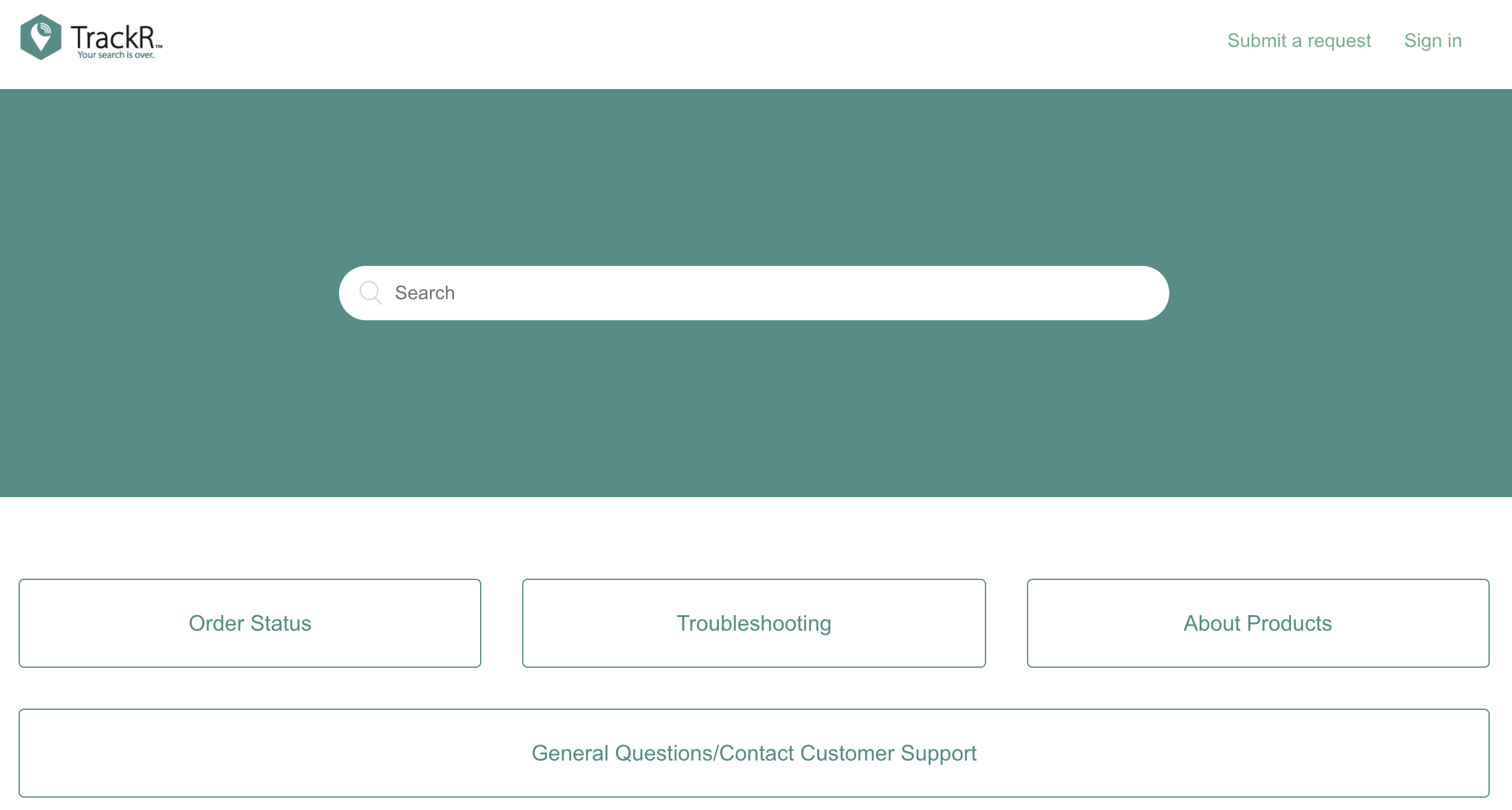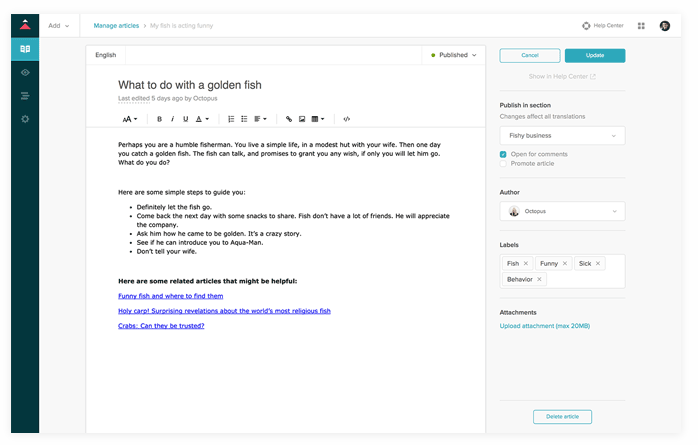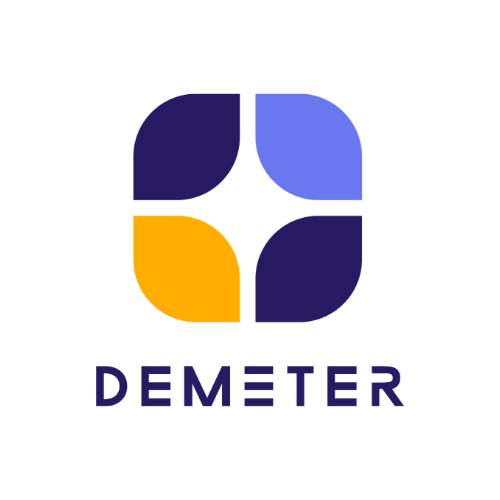Content management vs knowledge management—do businesses need to do both? Spoiler alert: Yes, they do.
Content management and knowledge management are often used interchangeably. But distinguishing between the two is necessary, as businesses need both to streamline internal operations and establish consistency in their message.
In a business sense, content and knowledge are different things. That’s why each require different processes, teams, and/or software to manage them. Knowledge is the abstract, tacit knowhow that lives within everyone who belongs to an organization—you can have explicit knowledge of things without necessarily translating that knowledge into an output. The output is typically what we consider content.
Content is less abstract. Types of content include :
- Blog posts like this one
- Help center articles
- Answers that pop up as a response to a question within a chatbot

Content management vs knowledge management
Knowledge is the basis for everything we all do at work; it’s dynamic, decentralized, and contained within individuals, notebooks, and more. We tap into our personal cache of institutional knowledge and subject-matter expertise when we’re heads down on a project, we provide it when working cross-functionally with teammates and business partners, and we seek it every time we jump on Slack to ask questions or get advice. The bigger the organization, it’s likely that institutional knowledge is hiding in even more places, within the brains of even more people, whether that knowledge gets turned into content or not.
Content is created in the context of consumption, designed for an intended medium, audience, or point in time. One piece of tacit knowledge could manifest in infinite pieces of content: a blog post, help center articles, and more.
Content and knowledge are both important components of a successful user experience. When used effectively, they have the potential to improve customer experience and employee experience, as well as foster organizational cohesion and consistency. Everyone relies on the same pool of knowledge to create content, or even speak using the same vernacular across a business.
What is content management?
Content management is the process for creating and managing all of the content being created for different channels and outputs. This post you’re reading right now is a piece of content, created and tailored especially for consumption on this channel, a blog. You might have read a help center article on how to customize your software instance, or engaged with a community post that was relevant to a question you had; help center articles and posts in a community are other types of content. A content management system is the process for managing all of those outputs. Each content piece was likely put together by several different people and teams—this is especially true for enterprise content management. The term may also refer to the technical platform that helps teams manage content.
What is knowledge management?
Knowledge management is how information is gathered, organized, and distributed across an organization. A knowledge management system may refer to these processes, or it may refer to the knowledge management technology used to assist teams with those processes. We know there are many sources of information, which is why a centralized knowledge management repository is so important for organizations. Types of knowledge include, but are not limited to:
- Expertise and institutional knowledge that form the basis of help center articles. One help center article can include all sorts of knowledge from product experts, the advocacy team, community managers, and more.
- Context from the customer support team about a persistent customer-facing issue, such as a bug in the software or a design oversight impacting the customer experience
- Tips from community managers and moderators about optimizing the product for unique use cases
There are many benefits of a knowledge management system: it improves customer experience, agent experience, and breaks down internal silos of information that can hinder productivity and mutual understanding.

Help center vs knowledge base
When considering how to build content management and knowledge management processes in a company, it may help to think about how both show up in a real-life situation: a company’s help center vs. its knowledge base.
A help center is a subset of a knowledge base that is activated for a particular use case—for customers to self-serve on answers to frequently asked questions that don’t require an agent. But the information in that help center is culled from a knowledge base that might have many other uses, such as an internal help center for employees, another one for partners that make integrations with the company’s software, and more.
As companies expand their use of knowledge across touchpoints, technology and automation can help ensure knowledge is centralized and streamlined—this is what knowledge management is all about. With the ability to update knowledge once and have it reflected across multiple pieces of content, content managers can more efficiently tap into knowledge wherever it’s needed: for help centers, bot-assisted responses, and more.
Let’s dig deeper into how content management and knowledge management differ in other business scenarios.

Content management vs knowledge management
: Real-life examples
Knowledge is often deployed to streamline support operations. As mentioned above, knowledge is the basis for customer-facing self-service portals that improve customer experience and take the heat off agents who can focus on other issues. In all of these success stories, knowledge management was the necessary first step that came before content management, content strategy, and optimization. A self-service platform is really the scalable result of turning implicit knowledge into content.
Tonni Buur, VP of Global Support at Trustpilot, a Danish consumer-review website, describes knowledge management in his organization as a knowledge framework. Knowledge is deployed by and for the Trustpilot support team in a few ways:
- Product support content
- Various article formats: FAQs, product descriptions, walkthroughs, and troubleshooting
- Support macros
- Short-form video content
Across multiple stages and steps in the customer and agent experience, and with the support of knowledge management software, knowledge increases support efficiency as measured by deflected tickets, increased self-service adoption, and agent efficiency, among other KPIs.
Their knowledge sharing experience demonstrates that once you establish effective knowledge management practices—which includes capturing knowledge—you can activate it in the form of content, in the ways that make the most sense for the audiences the content is being tailored for.
New Zealand-based VEND, a point-of-sale system for retailers, captures all of the customer inquiries in its knowledge base, but not all of it necessarily becomes customer-facing content. The most-searched-for content is displayed the top of its help center and users can filter for their needs. The front-end experience that is supported by agile practices and knowledge-centered approach on the back end.

Content management and knowledge management impact CX
Content and knowledge are both important components of a successful user experience and customer experience, or CX. When used effectively, both content management and knowledge management have the potential to help a business better connect with customers, as well as better connect its own employees with information they need to be successful.
Want a really easy way to immediately improve customer experience? Consult us for your CX Transformation and Zendesk Trial today.
Contact Us: Demeter ICT Company Limited, No.1 Zendesk Authorized Solution Provider in Thailand and APAC No.1 Zendesk Authorized Solution Provider in Thailand and APAC. [ Demeter ICT ] – Our specializations are “CX Design”, “Consulting,” “Implementation“, “System Integration” and “Training” for Zendesk. We help clients analyse, design workflows, and build a good CX.
LINE OFFICIAL

-
For additional information and special promotion call now!
Tel. (+66) 2 030 0066 (TH/EN)
Tel. (+86) 14778852841 (CH) - Facebook Page : @demeterict
- support@dmit.co.th


